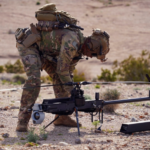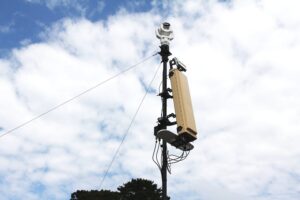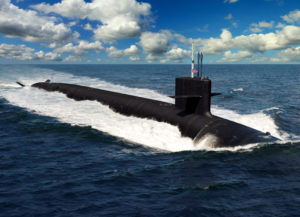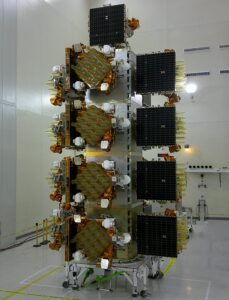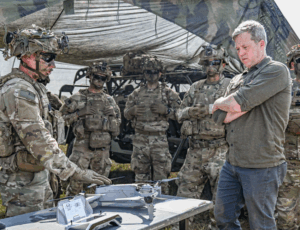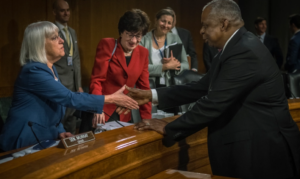
After the Senate Armed Services Committee approved boosting the topline of its defense policy bill by $25 billion, the upper chamber’s top appropriator reiterated this week that any defense spending increase must be matched with a similar move for non-defense spending. Sen. Patty Murray (D-Wash.), chair of the Appropriations Committee, affirmed her stance as her panel is set to begin marking up fiscal year 2025 appropriations bills after the Fourth of July recess, with lawmakers likely to consider working around…

 By
By 


